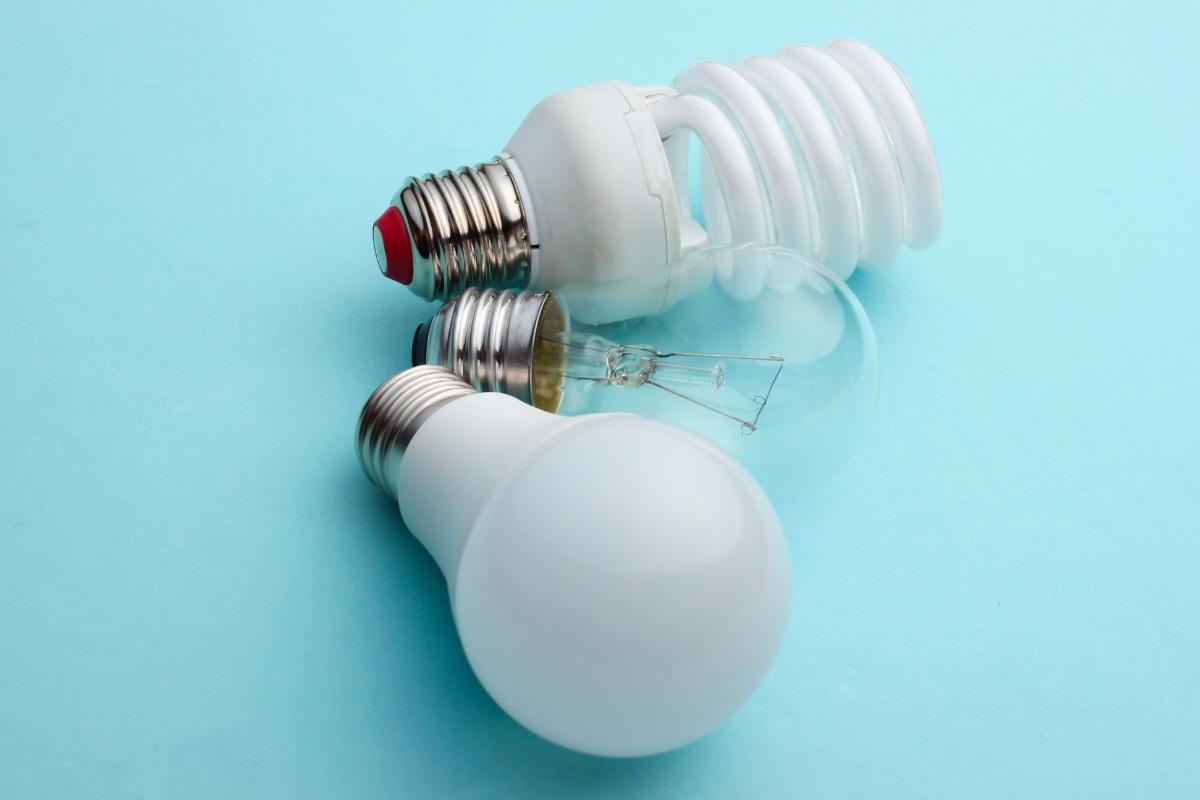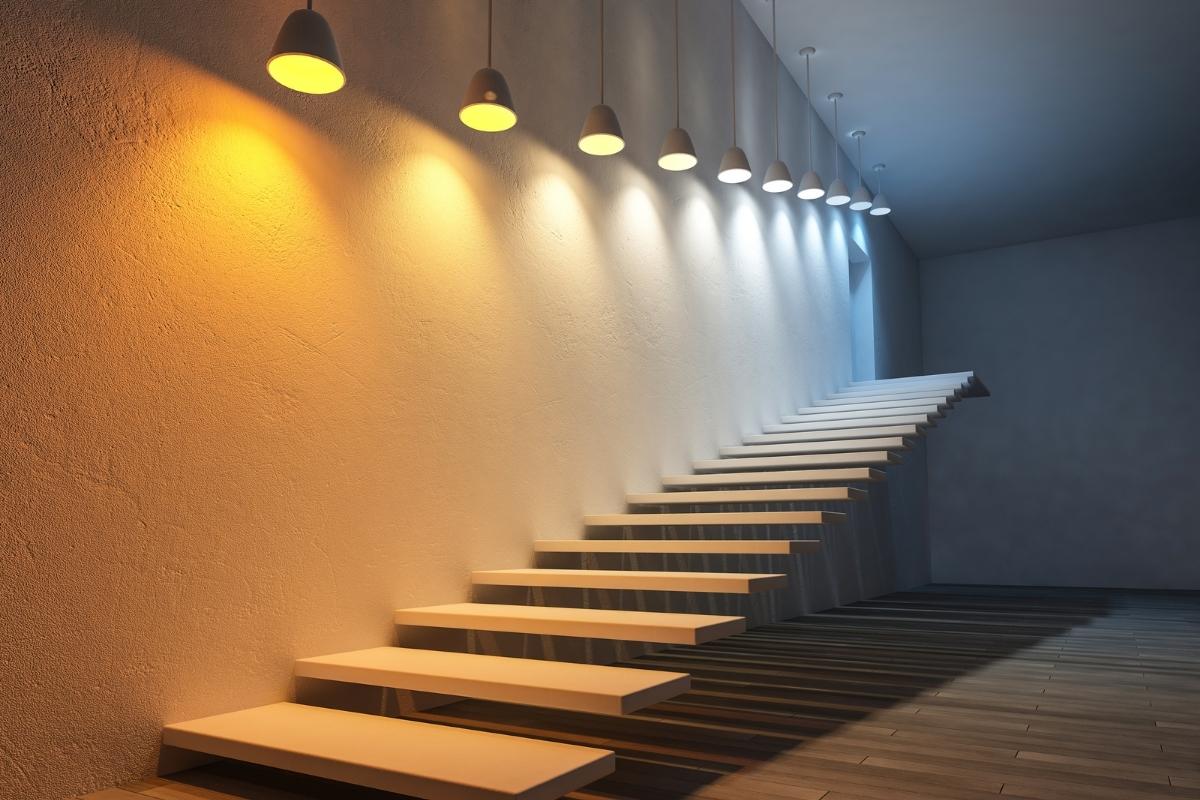What Is Translucent Material
Translucent material is a type of material that allows light to pass through it, but scatters and diffuses the light in the process. Unlike transparent materials that allow light to pass through without any scattering, translucent materials partially obstruct the light, resulting in a soft and diffused glow. This scattering of light within the material causes the image of an object seen through a translucent material to appear blurry.
The property of translucency in materials is achieved through the scattering of light rays within the material, causing them to emerge in random directions. As a result, the light passing through a translucent material is not focused or directed, but rather spreads out in various directions. This diffusion of light creates a more gentle and diffused illumination, which can be desirable in certain lighting applications.
Translucent materials are commonly used in the lighting industry to create specific lighting effects. They are often utilized in fixtures, lampshades, and diffusers to soften and distribute light evenly. By using translucent materials, the harshness of direct light can be reduced, resulting in a more comfortable and visually appealing lighting environment.
Translucent materials can create a relaxing and spiritual ambiance. The filtered and radiant properties of light passing through translucent materials make them an excellent choice for settings where a soothing and calming atmosphere is desired.
Translucent materials are different from transparent materials, which allow light to pass through without any scattering or diffusion, and opaque materials, which completely block the passage of light. Translucent materials strike a balance between the two, allowing some light to pass through while also scattering it to create a softer and more diffused lighting effect.
Examples of Translucent Material
Translucent materials are commonly used in the lighting industry to create diffused and soft lighting effects. They allow light to pass through while scattering it, resulting in a more even and gentle illumination. Here are some examples of translucent materials that are frequently used in lighting applications:
Frosted Glass
Frosted glass is a popular choice for light fixtures and lamps. It is created by sandblasting or acid etching the surface of the glass, which gives it a cloudy appearance. Frosted glass diffuses light, reducing glare and creating a softer illumination.
Translucent Plastic
Translucent plastics, such as acrylic and polycarbonate, are widely used in the lighting industry. These materials can be molded into various shapes and sizes, making them versatile for different lighting applications. Translucent plastic panels or diffusers are commonly used to create a diffused and even distribution of light.
- Acrylic: Acrylic, also known as Plexiglas or Lucite, is a lightweight and durable translucent material. It is often used in light panels, light boxes, and signage. Acrylic can be easily shaped and molded, making it a versatile option for various lighting applications.
- Polycarbonate: Polycarbonate is another durable and lightweight translucent material commonly used in the lighting industry. It is known for its high impact resistance and excellent light transmission properties. Polycarbonate is often used in diffusers, lenses, and light covers.
Fabric
Certain types of fabric can also be considered translucent materials when used in lighting applications. Fabrics like silk, organza, and sheer materials allow light to pass through while creating a soft and diffused glow. They are often used in lampshades, pendant lights, and decorative lighting fixtures.
Paper
Translucent paper, such as vellum or parchment, is frequently used in lighting design. It is lightweight and allows light to pass through, creating a warm and gentle illumination. Translucent paper is commonly used in lampshades, lanterns, and decorative light fixtures.
These examples of translucent materials offer a range of options for lighting designers and manufacturers. Each material has its own unique properties and characteristics, allowing for the creation of different lighting effects and aesthetics.
Frequently Asked Questions
Which Materials Let Light Through
Materials that have the ability to allow light to pass through them are referred to as transparent. Transparent materials include glass, water, and air. On the other hand, materials that only allow some light to pass through them are known as translucent. Examples of translucent materials are frosted glass and wax paper.
How Do You Know if Something Is Translucent
Translucent objects have the ability to either absorb or transmit light waves. If an object permits certain frequencies of visible light to pass through while blocking others, it can be classified as translucent. Similarly, if an object allows the frequencies of visible light to pass through but causes them to bend and scatter, it can also be considered translucent.
What Is a Translucent Color
Color can have a translucent quality, meaning that it allows some light to pass through and partially reveals the color underneath. On the other hand, color can also be opaque, preventing any light from passing through and making the underlying color invisible.
What Are Three Materials That Light Can Travel Through
Certain materials, such as glass, water, and clear plastic, allow light to pass through them. These materials are known as transparent materials.
What Is the Best Example of a Transparent Material
Glass, water, and certain types of plastic are considered examples of transparent materials because they allow light to pass through them.








